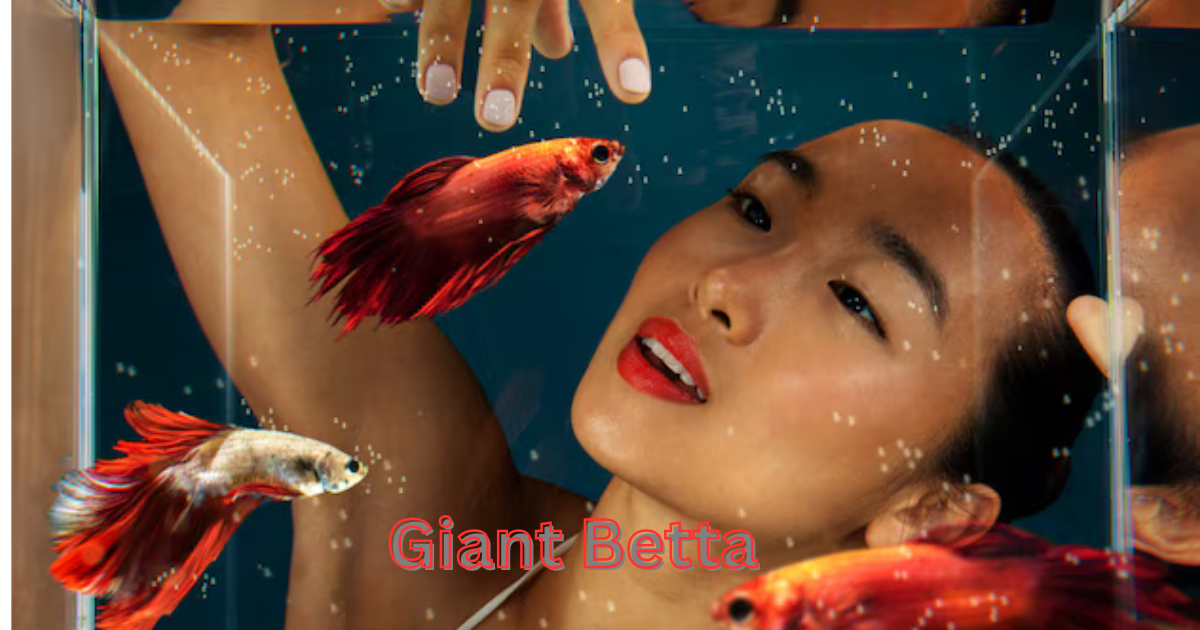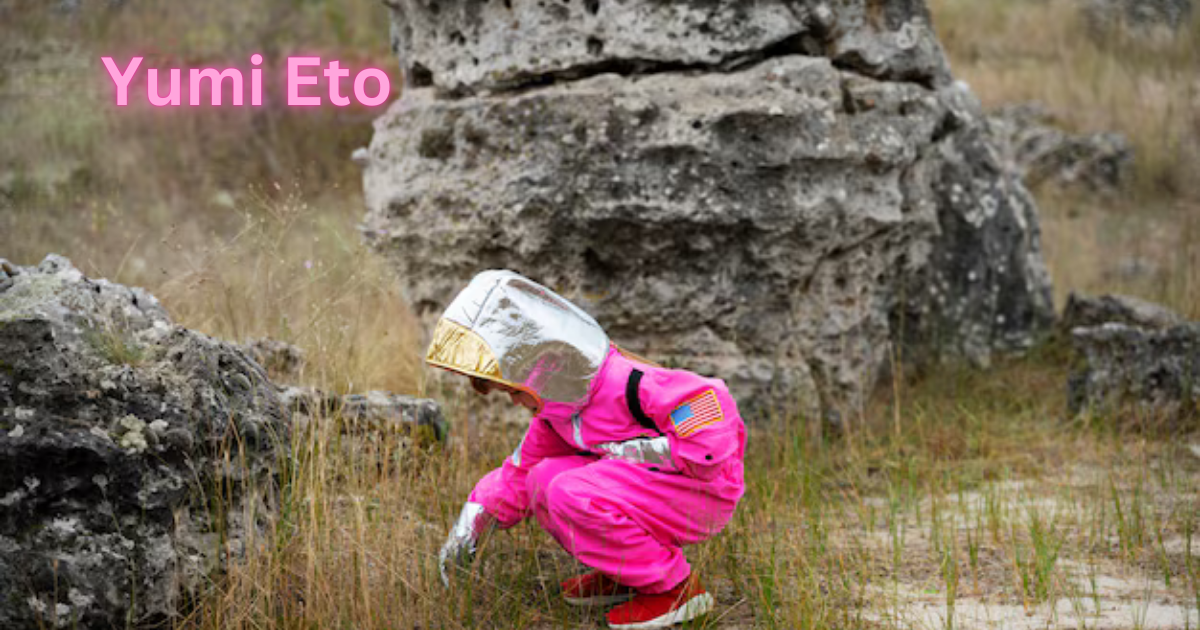Because of their vivid colors, graceful fins, and vivacious personalities, betta fish are a popular aquarium hobby. The “giant betta” is distinguished from the other types by its remarkable size and distinct charm. Giant bettas can grow up to 3-7 inches in length, making them a great focal point for any aquarium. Traditional bettas are typically approximately 2.5 inches long. This post will address some commonly asked questions, discuss what makes big bettas unique, and offer advice on how to take care of them.
What Is a Giant Betta?
The giant betta, also known as Betta anabatoides or a larger version of the well-known Betta splendens, is a carefully cultivated fish that has drawn notice due to its size and unique look. A larger form of the typical betta has been produced by enthusiasts via centuries of selective breeding; the majority of giants are between 3 and 7 inches long.
Although giant bettas have the same vivid colors and fin architecture as regular bettas, their size gives them an unusual look. Both inexperienced and seasoned fish keepers favor these bettas since they are available in a wide range of colors and patterns, including as solid, marble, and koi patterns.
Key Characteristics of Giant Bettas
In terms of size and appearance, giant bettas are notably bigger than regular bettas. They typically measure three to five inches in length, though some can grow up to seven inches. Like typical bettas, they have beautiful fins and vibrant colors, but they stand out because to their bigger body size.
Temperament: Giant bettas, like other bettas, are inquisitive and occasionally hostile, particularly against other males or long-finned fish. However, with cautious introduction, many gigantic bettas may adjust to tank mates.
Life Expectancy: Giant bettas can survive for three to five years if given the right care. Their longevity is not greatly impacted by their size, but they do need special attention when it comes to tank conditions and feeding.
Dietary Requirements: Because giant bettas eat more than regular bettas, they require a food rich in protein. To stay healthy and large, they eat a variety of frozen or live foods like as brine shrimp, daphnia, and bloodworms, as well as betta pellets.
Setting Up the Perfect Tank for a Giant Betta
Providing an appropriate habitat for a gigantic betta is essential to its ownership. When setting up their tank, keep the following in mind:
Tank Size: Giant bettas need a tank that is at least 10 gallons in size because of their size. If you want to give your huge betta more room to swim comfortably or if you intend to add tank mates, a 20-gallon tank or more is the best option.
Water Conditions: Because they are tropical fish, bettas need water that is between 76 and 82 degrees Fahrenheit. Maintaining a steady habitat with a pH range of 6.5-7.5 and no variation in ammonia or nitrate levels is crucial since giant bettas are susceptible to abrupt changes in water parameters.
Filtration: Although bettas don’t require powerful currents, maintaining a clean tank and high-quality water requires filtration. A sponge filter is an excellent choice because it filters water gently without producing excessive flow, which could stress your huge betta.
Lighting and Plants: Because gigantic bettas are native to shaded habitats, low to moderate lighting is ideal for them. Live plants such as floating plants, Java fern, and anubias can be added to replicate their natural habitat and provide hiding and exploring areas.
Tank Mates: When it comes to other bettas, giant bettas can be very possessive. They can, however, live in harmony with small, non-aggressive fish species such as snails, corydoras, and neon tetras.Steer clear of tank mates with lengthy fins since they could make your gigantic betta aggressive.
Feeding Your Giant Betta
Maintaining the health and vitality of your huge betta requires a food that is well-balanced. Giant bettas have a bigger appetite in proportion to their size, in contrast to typical bettas, who only need little amounts of food. The following dietary recommendations should be followed:
High-Protein Diet: Because gigantic bettas are carnivores, they do best on meals high in protein. Their food should be built on high-quality betta pellets. Offering them frozen or live items like brine shrimp, daphnia, and bloodworms also helps them resemble their natural diet and improves their health.
Prevent Overfeeding: Because giant bettas are prone to obesity, it is imperative that they not be overfed. To preserve the purity of the water, feed them tiny pieces twice a day and take out any food that isn’t consumed right away.
Variety: To guarantee they receive a complete spectrum of nutrients, huge bettas, like all fish, benefit from a varied diet. To avoid nutritional shortages and maintain your fish’s interest in its meals, alternate between different kinds of food.
Common Health Concerns for Giant Bettas
Despite their apparent hardiness, gigantic bettas can suffer from a few frequent health problems. The following are a few of the most common conditions to look out for:
Fin Rot: The fins may degenerate as a result of this bacterial illness. Fin rot can be prevent and treat with regular water changes, clean tank conditions, and aquarium salt when need.
Overfeeding may result in swim bladder disease, which impairs the fish’s ability to regulate its buoyancy. This danger can be decrease by feeding fewer portions and offering a varied diet.
Parasites: Like other fish, giant bettas are vulnerable to external parasites such as ich. You can detect problems early if you check your fish every day for any indications of white spots, odd behavior, or scratching against surfaces.
Conclusion
With the eye-catching appearance and captivating personality of a betta in a considerably larger package, the huge betta is an intriguing and distinctive addition to the aquarium hobby. For those wishing to add a beautiful fish to their collection, the work is well worth it. However, caring for a big betta entails understanding their particular demands, maintaining tank conditions, and providing a balanced diet.
Having a huge betta may be a fulfilling experience for any aquarist, regardless of expertise level. Giant bettas can be the focal point of any aquarium setup because of their amazing size, stunning colors, and interacting nature, which will add character and beauty to your underwater environment.
FAQs
What is the maximum size of huge bettas?
Compared to ordinary bettas, which are typically 2.5 inches in length, giant bettas can grow to a size of 3 to 7 inches. Generations of selective breeding have resulted in their increased size.
Is it possible for huge bettas to coexist with fish?
Giant bettas may coexist with some tank mates, but it’s important to select calm species that won’t agitate them. In general, little fish like snails, neon tetras, and tiny corydoras get along well with one another; however, stay away from fish with long fins to avoid violence.
Is a heater necessary for gigantic bettas?
Indeed, gigantic bettas require a heater to keep their water at a consistent temperature of 76–82°F because they are tropical fish. Their immune system and general health are support when they are kept in a warm environment.
How frequently should my big betta be fed?
Give tiny pieces to your huge betta twice a day. Because bettas are prone to obesity and digestive problems, avoid overfeeding them. To make sure they get the nutrients they need, including a range of high-protein foods.
How long does a gigantic betta live?
Giant bettas can survive three to five years if given the right care. Keeping a steady, clean environment and feeding them a healthy diet is important because their longevity might vary based on their diet, tank conditions, and genetics.











